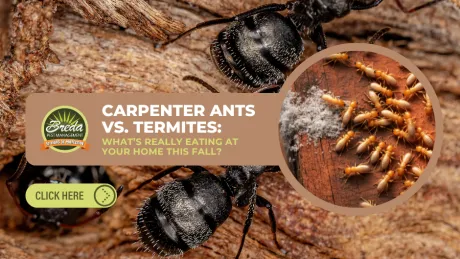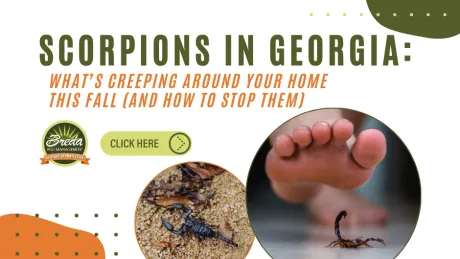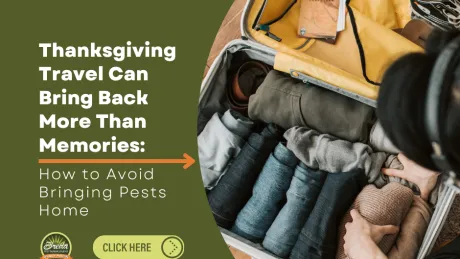Rats and mice are always looking for three things: food, water, and a safe place to raise young.
Unfortunately, in winter months when resources are scarce, people's homes become more and more enticing as they contain all three, making winter rodent infestations more likely than most people think.
To make matters worse, many homeowners could unknowingly be making their homes targets for mice and rat invaders this winter if they're not careful. For the safety of your home and the people that live inside it, you can't afford to leave things up to chance, and the best way to eliminate an infestation is to stop it before it starts by blocking off entrance points.
In this blog, we'll take a look at some of the most likely areas mice and rats could be trying to use to break into your home, and defensive measures you can take to stop them in their tracks.
Roof and Chimney
While they may not be as proficient at climbing as their squirrel cousins, rats and mice are still capable of getting into your attic by chewing their way through your roof. Pay close attention to the fascia and soffits, as natural moisture buildup combined with rodent activity in these areas are common reasons that can lead to both rodent invasion and costly roof leaks.
Inspect your roofline from the ground for any signs of rodent damage, and consider having a roofing specialist climb up top and inspect specific problem areas, such as the flashing at the chimney base.
Attic
Once you've inspected your roof exterior, head up to the attic. First, inspect the area with all of the lights on, taking note of any holes or chewed areas you can find. Once you've identified the immediately-visible problems, cover up the windows and turn off all the lights; if any light is still getting inside, it can be traced back to a hole somewhere.
Attic vents are a common problem area that can be sealed by fastening a ¼-inch wired hardware cloth on top of them, making sure to extend the cloth about two inches beyond the hole in every direction and securing the cloth with staples, U nails, or regular nails.
Once reinforced with metal screws, this screen should keep your attic safe from rats, mice, squirrels, and other small animals - just make sure to remove the existing pests from the house before sealing the holes!
Garage
Many of the mice and rats that get into your attic first got entry to your home through the garage. Since it's at the ground-level, it's a much easier entry point for a rat or mouse than the roof, and usually contains a wealth of potential nesting materials and (in the case of pet owners with dog or cat food containers and water bowls in the garage) even a steady food supply.
As with the attic, inspect your garage from the inside and out for any signs of tears or other damage. Be on particular lookout for droppings as well as shredded newspaper or magazines that's been used to create a nest.
Other Entry Points
Beyond these key areas, be on the lookout for visible cracks, holes, or signs of chewing around some of the other likely entrance areas around your home:
- Walls and exterior siding
- Exterior clutter (woodpiles, tires, etc.)
- Foundations and pillars
- Ground-level vents
- The ceiling
- Drainage pipes
If you start finding evidence of rodent infestation in multiple areas around the house, it may be a sign that the infestation has grown severe enough to warrant bringing a professional on board.
If you want to learn more about winter rat and mice infestations, and what you can do to protect yourself, download our free informative guide, How to Protect Your Attic from Rats & Mice This Winter, and keep your home safe for everyone inside it today!



